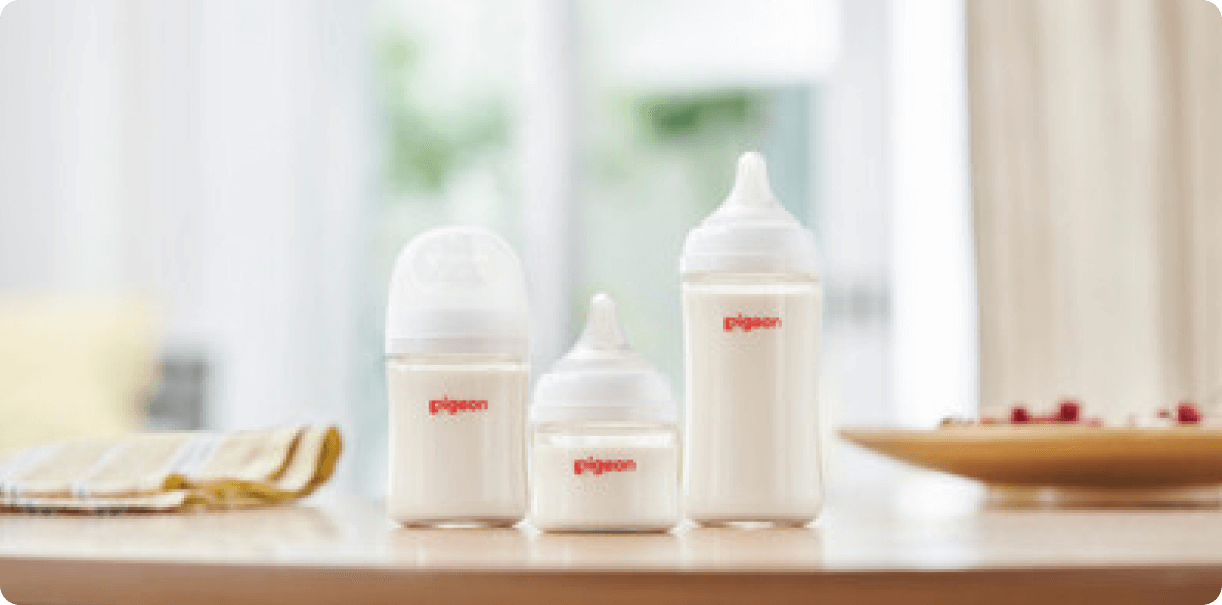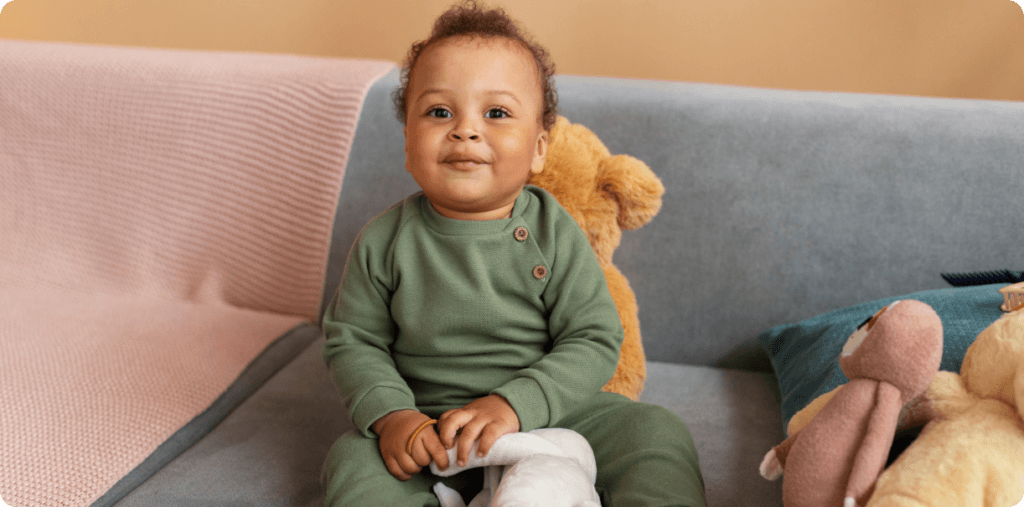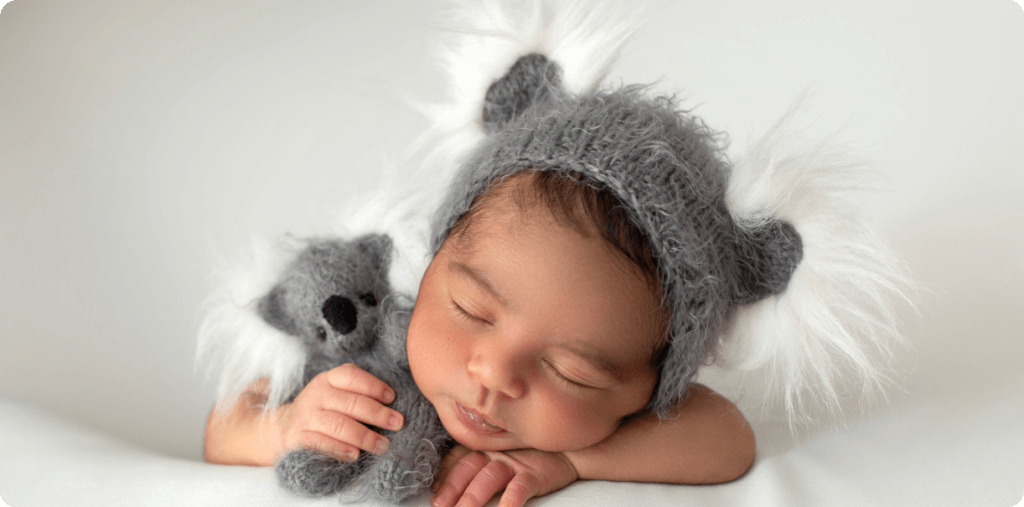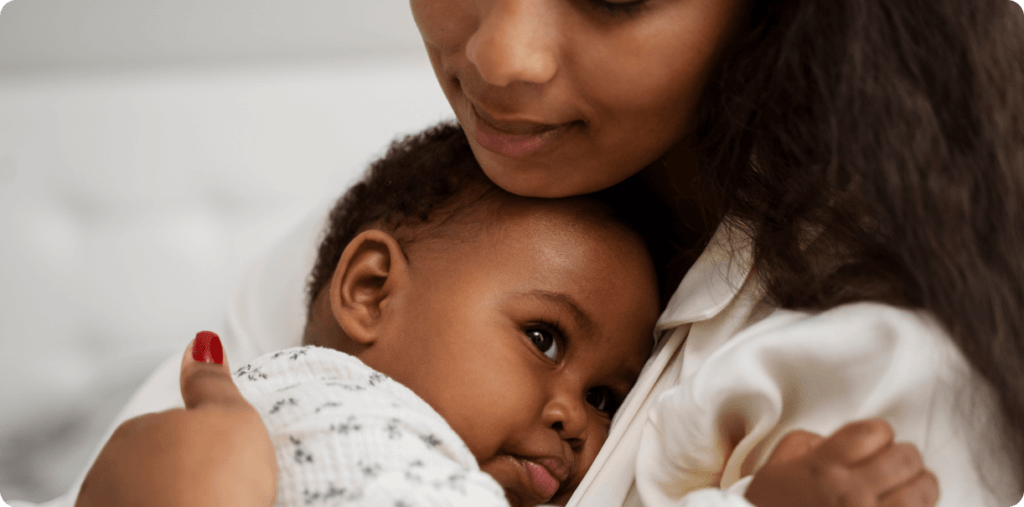
For a mother, keeping her baby safe and free from illnesses is her top priority. With babies tending to put anything and everything into their mouth, it becomes important to keep them clean and germ-free. With their developing immune system, the chances of falling sick is high. Feeding bottles and pacifiers have become a staple on a new baby checklist. These are also the things that go into the baby’s mouth the most often.
Traditionally, feeding bottles would be sterilized by boiling them. This was because the drinking water that was available in earlier days was considered unsafe and it could be used for drinking only after being filtered, boiled and cooled. Some doctors say that because most countries now have potable treated water flowing through their taps, sterilization is unnecessary. There is reason to believe that this may not be true.
Cleaning and sterilizing are different from each other. Cleaning thoroughly can help to remove the formula, milk and dirt that accumulates in the bottles and it washes away some of the bacteria and viruses as well. Sterilizing will ensure that the remaining bacteria are also eliminated. Potable water means that the water is safe for adult consumption but the fragile immunity of little babies may not be able to fight against the same bacteria that an adult immune system can brush off. Not sterilizing bottles and other feeding equipment can cause the baby to vomit or have diarrhea. Sterilization is advised till the baby turns one year old. Even with a baby who tends to crawl and put things in her mouth, sterilization of feeding equipment will be required as feeding product residue often contains more harmful bacteria than those found on toys and other things on the floor.
New bottles that have been purchased for the baby need to mandatorily be sterilized once they have been removed from their packaging and before being used by the baby.
Though using borrowed or hand-me-down bottles are not recommended, if you are using them it is critical to sterilize them before giving them to your baby for the first time. This includes bottles that have been used for older siblings in your own home.
On a daily basis, feeding equipment does not need to be sterilized more than once a day especially if the baby is using multiple bottles and nipples throughout the day. Thoroughly cleaning the feeding equipment after every use and sterilizing them once a day would also help reduce the effort of the new mothers.
If the baby has been sick or if you or other family members have been dealing with a contagious illness, or if another child has used their bottle, it is recommended to sterilize more often during the day. Similarly, if your baby was premature or has health issues, it may be good to sterilize their feeding equipment after every use till they turn three months of age.
When thinking of sterilizing, the immediate thought that comes to mind is of feeding bottles and their nipples. These require to be sterilized because of the milk or formula that they come into contact with and the bacteria that could breed from their residue. Pacifiers are another thing that babies have in their mouths on a daily basis and they are required to be sterilized as well. Breast pumps used to express milk will also need to be sterilized. If the baby has been introduced to solid foods before six months of age, it would be wise to sterilise the bowls and spoons as well. After the baby turns six months old, only feeding equipment and breast pumps need to be sterilized till your baby turns one year old.
There are multiple ways of sterilizing the feeding equipment.
The traditional method of sterilization is to boil the feeding equipment in a large pan of water for at least 10 minutes, making sure it all stays under the surface. Ensure that the feeding equipment is mentioned as safe to boil or you may end up damaging the bottles and nipples.
Steam sterilizing using an electric sterilizer is a convenient way of sterilizing feeding bottles and nipples. When using a sterilizer, ensure that the openings of the bottles and nipples are facing downwards. Good-quality sterilizers from recognized brands come with manufacturer’s instructions on how long the equipment can be safely stored in the sterilizer before it needs to be sterilized again. Sterilizers also come in various sizes and the decision of which size to buy would depend on how many bottles are being used regularly and how compact you require them to be.
When you are traveling or need a handy way of sterilizing the bottles, nipples, and other equipment, cold water sterilization using sterilizing tablets proves effective. The equipment will need to be completely immersed in the sterilizing solution for the prescribed time. The sterilizing solution will also need to be changed every 24 hours.
It is best to leave the bottles and nipples in the sterilizer or pan till you need to use them. However, if the items have been unused for a period of more than 24 hours, it is advised to sterilize them again. If taken out of the sterilizer, it is best to put on the nipples and lids on the bottles immediately. When handling sterilized equipment, it is best to wash and dry your hands thoroughly beforehand. Assembling of the bottles should also be done on clean, disinfected surfaces or on the upturned lid of the sterilizer.



